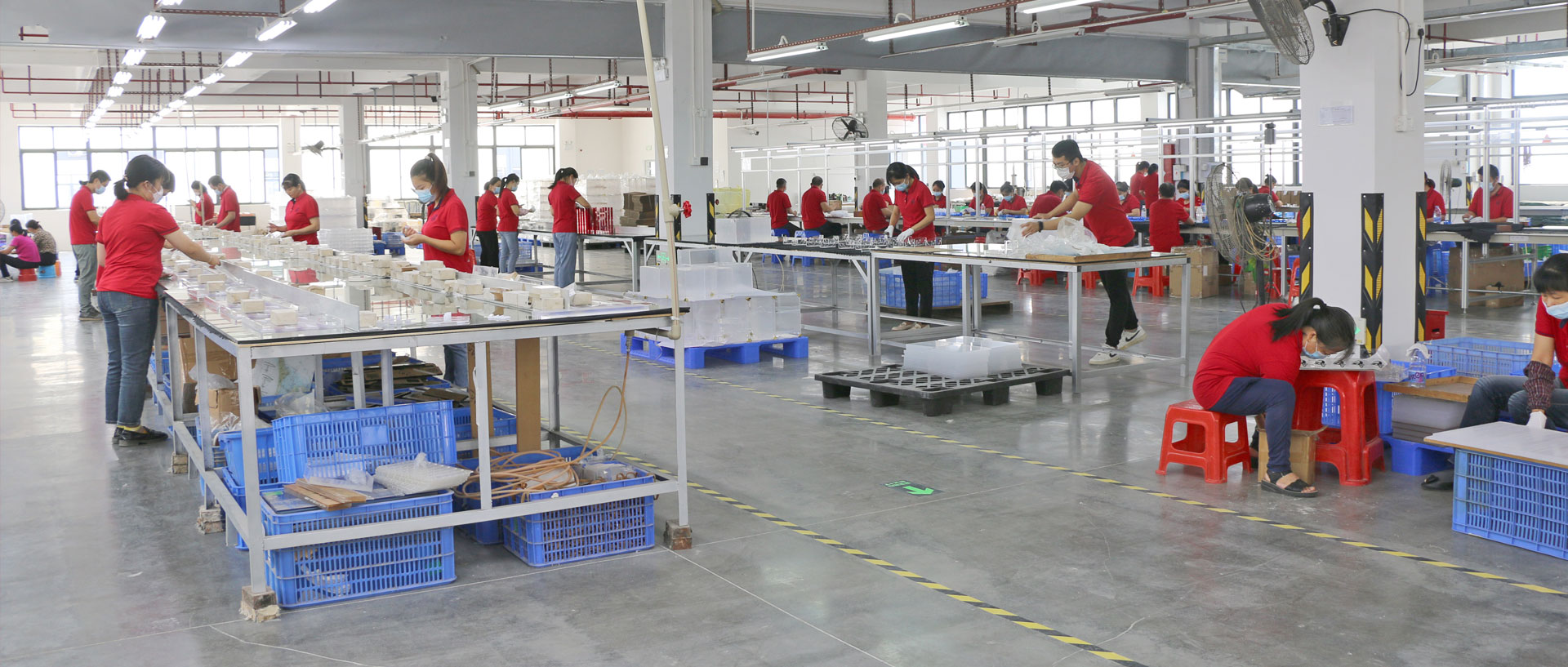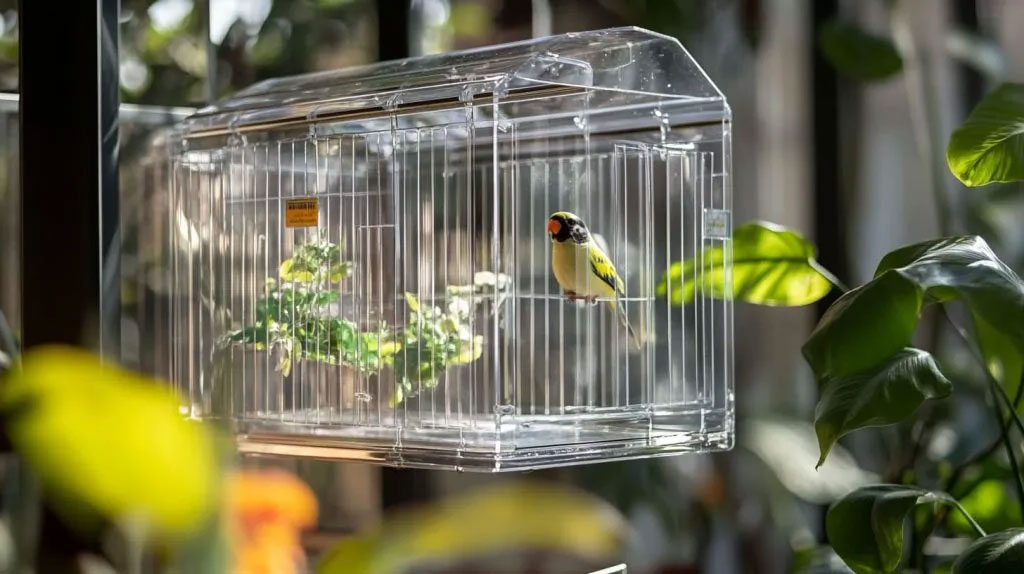
Birds are not just pets; they are beloved members of the family. As bird owners, ensuring their safety and well-being is our top priority.
One of the crucial decisions we make is choosing the right bird cage, and in recent years, acrylic bird cages have gained popularity. But the question remains: are acrylic bird cages safe?
Let's delve into this topic and explore all the aspects related to the safety, benefits, and considerations of acrylic bird cages.
What Is the Best Material for a Bird Cage?
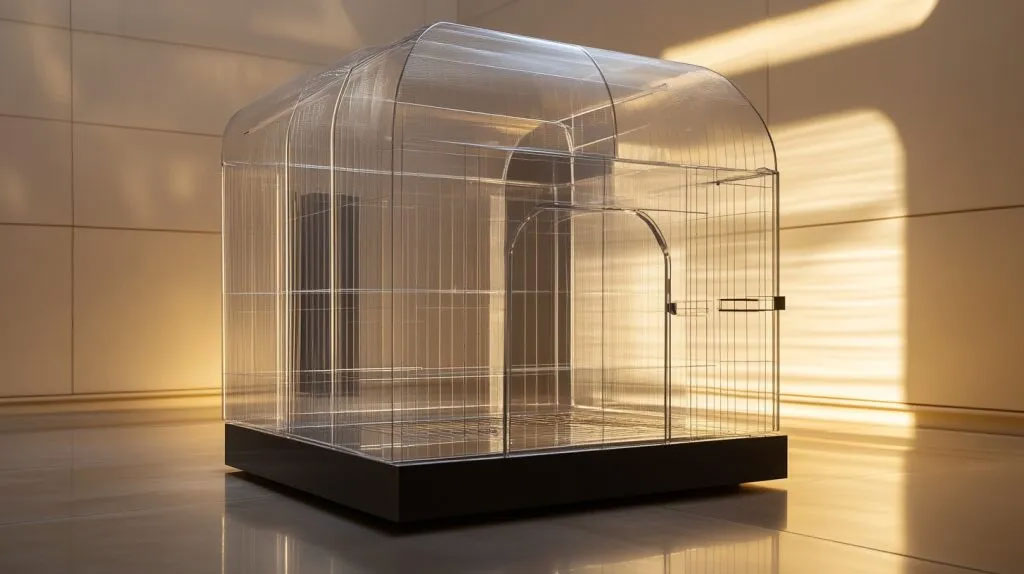
Durability and Maintenance
When it comes to bird cages, durability is key. Traditional metal cages have long been a popular choice due to their strength. However, they are prone to rust over time, especially if not properly maintained, which can pose a risk to birds.
On the other hand, acrylic cages are highly durable. Acrylic is a strong, shatter-resistant plastic that can withstand normal wear and tear. It is also relatively easy to maintain. Unlike metal cages that may require regular painting or rust removal, a perspex bird cage can be simply wiped clean with a mild soap and water solution, reducing the overall maintenance effort.
| Material | Durability | Maintenance |
| Metal | Prone to rust, needs regular upkeep | Requires painting, rust removal |
| Acrylic | Strong, shatter-resistant | Can be wiped clean with mild soap and water |
Visibility and Aesthetics
Visibility is important for both the bird and the owner. Birds feel more secure in an environment where they can see their surroundings clearly, and owners enjoy being able to observe their feathered friends.
Acrylic cages offer excellent visibility. They are almost transparent, providing an unobstructed view of the bird inside. In terms of aesthetics, acrylic cages come in a variety of colors and designs, allowing you to choose one that fits your home decor and personal style, which is a significant advantage over the more limited design options of traditional metal cages.
Safety Considerations
Safety is the most critical factor when choosing a bird cage material.
Metal cages may have sharp edges or welds that could potentially injure a bird. Additionally, if the metal is of poor quality, it may release harmful substances.
Plexiglass bird cages, when made from high-quality materials, are free from such sharp edges. However, it's important to ensure that the acrylic used is non-toxic and meets safety standards, which we will discuss in more detail later.
What are the Benefits of Acrylic Bird Cages over Traditional Ones?
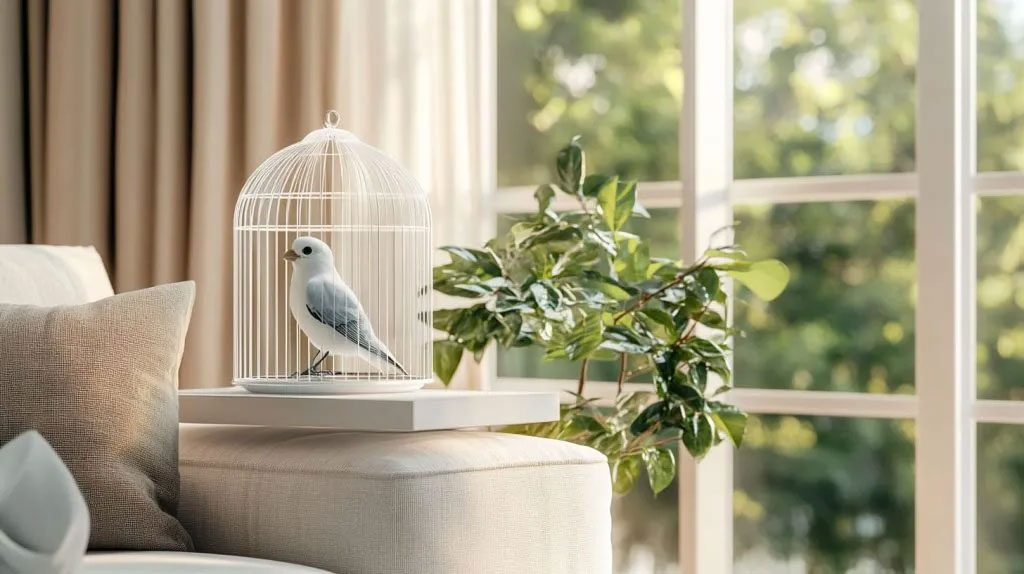
Enhanced Visibility
As mentioned earlier, the transparency of acrylic cages offers enhanced visibility. This is not only beneficial for the owner's viewing pleasure but also for the bird's mental well-being.
Birds are visual creatures, and a clear view of their environment can reduce stress and anxiety.
In a traditional metal cage, the bars and mesh can obstruct the bird's view, making them feel more confined and less at ease.
Easy Cleaning
Cleaning a bird cage is an essential part of bird care.
Acrylic cages have smooth surfaces, which make it easier to remove bird droppings, food residues, and other debris. You can simply use a damp cloth or sponge with a gentle cleaning solution to wipe down the interior and exterior of the cage.
In contrast, metal cages may have nooks and crannies where dirt can accumulate, making the cleaning process more time-consuming and difficult.
Aesthetic Appeal
Acrylic bird cages add a touch of elegance to any home. Their sleek designs and colorful options make them a decorative element in addition to being a functional pet accessory.
Whether you prefer a modern, minimalist look or a more vibrant and playful style, there is a plexiglass bird cage to match your taste.
Traditional metal cages, while functional, often lack this aesthetic versatility.
Are Acrylic Bird Cages Toxic for Birds?
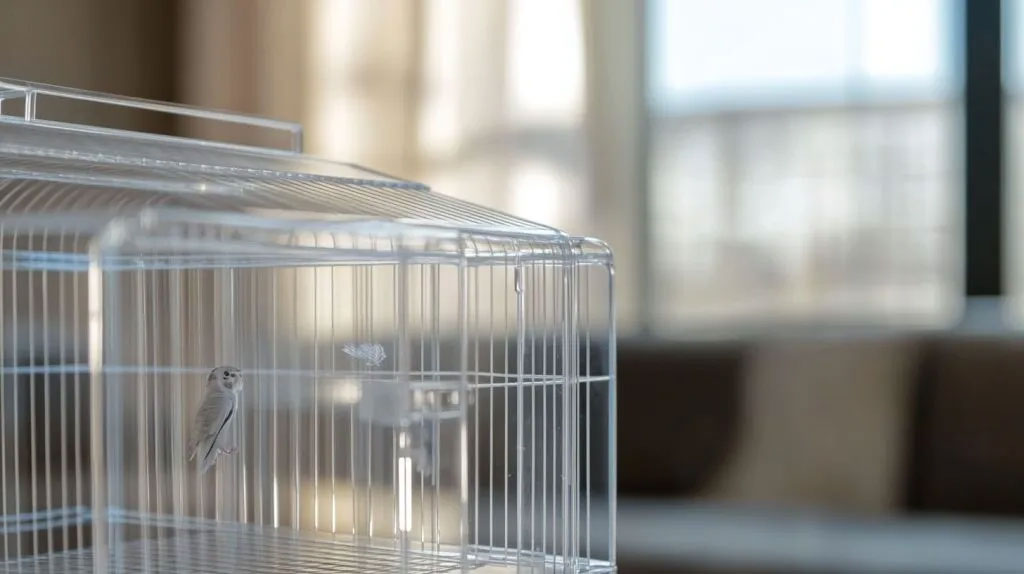
Material Safety
The safety of acrylic cages largely depends on the quality of the acrylic used. High-quality acrylic is non-toxic and does not release harmful chemicals into the environment.
However, some cheaper, low-quality acrylic products may contain additives or impurities that could potentially be harmful to birds.
It's crucial to choose acrylic cages from reputable manufacturers who use food-grade or pet-safe acrylic materials.
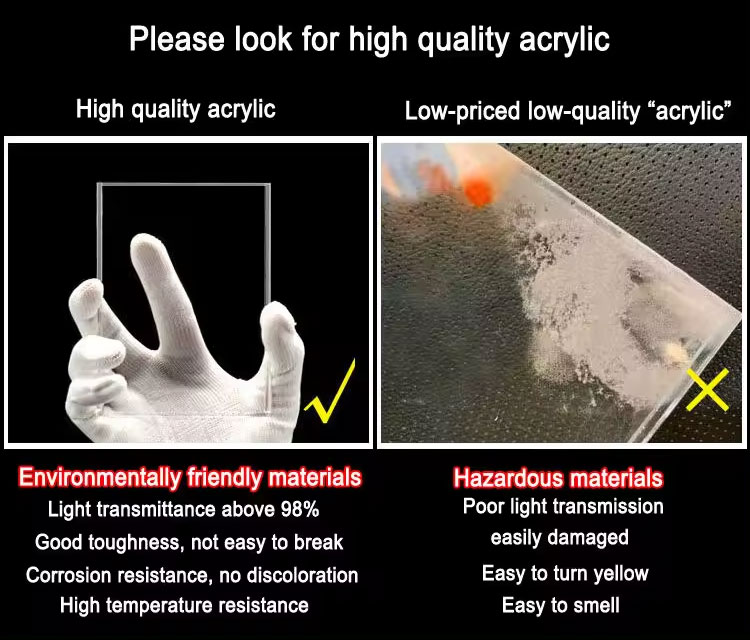
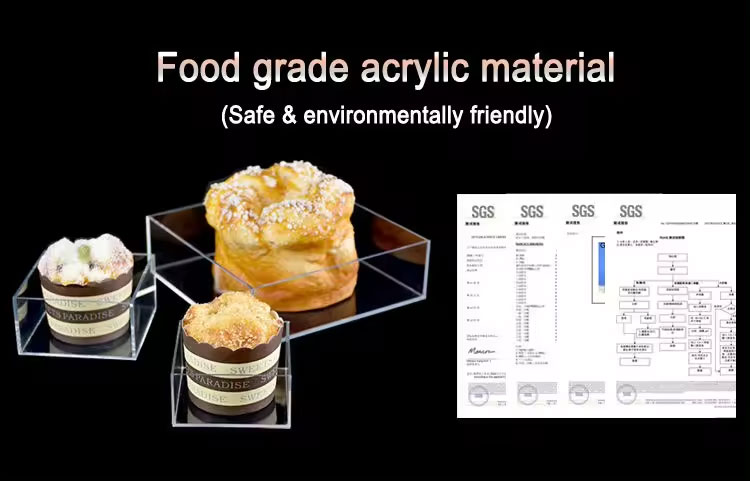
Certification and Standards
To ensure the safety of acrylic bird cages, look for products that meet certain certifications and standards.
For example, in the United States, products that meet the standards set by the Consumer Product Safety Commission (CPSC) are generally considered safe.
Certifications such as ISO 9001 for quality management systems can also be an indicator of a manufacturer's commitment to producing safe and reliable products.
When in doubt, contact the manufacturer and ask about the materials and safety standards of their acrylic bird cages.
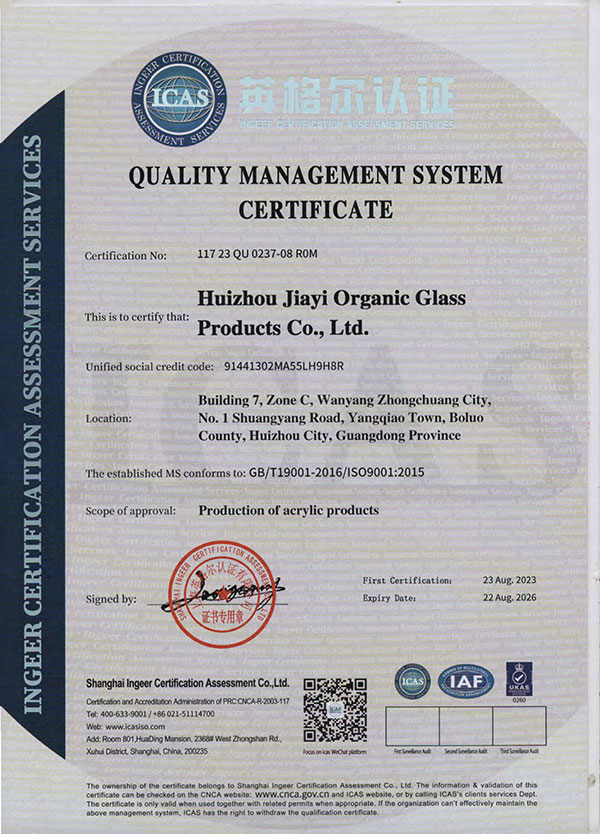
How to Ensure the Safety of Your Bird in an Acrylic Cage?
Regular Cleaning
Regular cleaning is essential for maintaining a safe and healthy environment for your bird. As mentioned before, acrylic cages are easy to clean, but it's important to do it frequently.
Remove any uneaten food, dirty water, and bird droppings daily. A weekly deep clean with a mild disinfectant (make sure it is safe for birds) will help prevent the growth of bacteria and fungi.
Proper Cage Setup
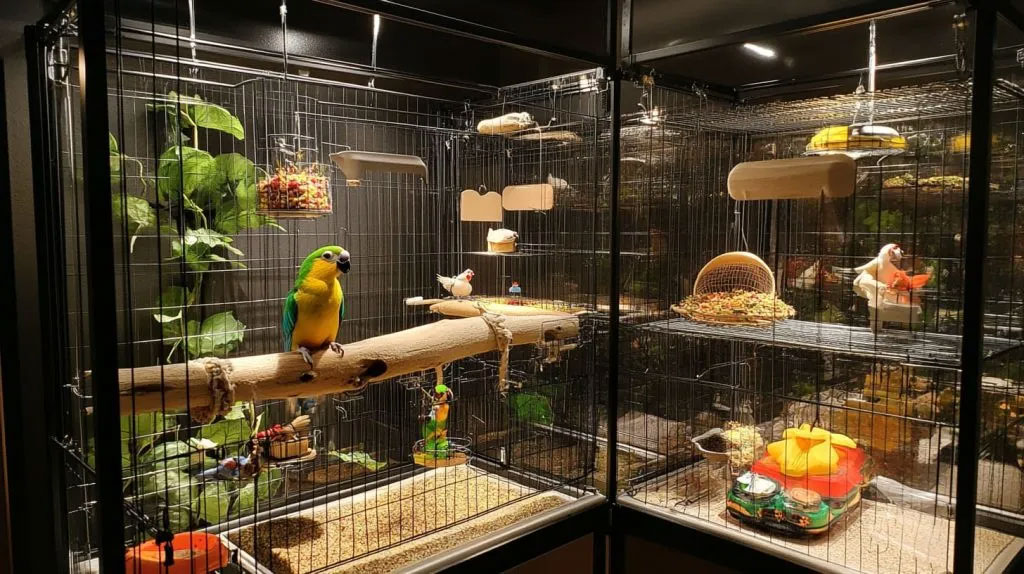
Properly setting up the acrylic cage is also crucial for the bird's safety. Place perches at appropriate heights so that the bird can move around comfortably without the risk of falling or injuring itself.
Make sure there is enough space for the bird to stretch its wings and fly short distances. Avoid overcrowding the cage with too many toys or accessories, as this can create a cluttered and potentially dangerous environment.
Safe Accessories
Choose safe accessories for the acrylic cage.
Wooden perches, natural fiber toys, and stainless-steel food and water bowls are good choices.
Avoid accessories made from materials that may be chewed or swallowed by the bird and cause harm, such as small plastic parts or toxic paints.
Can Acrylic Bird Cages Withstand Chewing and Scratching by Birds?
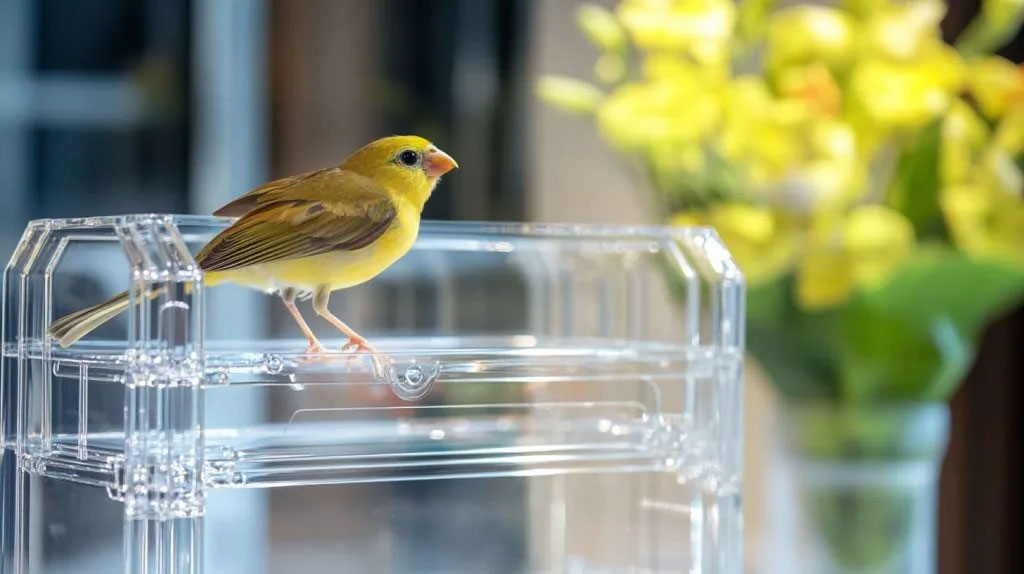
Material Strength
Acrylic is a relatively strong material, but it is not indestructible.
Some birds, especially parrots, have strong beaks and may chew or scratch the acrylic. However, high-quality acrylic cages are designed to withstand a certain amount of this behavior.
The thickness of the acrylic also plays a role; thicker acrylic panels are more resistant to damage from chewing and scratching.
Maintenance Tips
To prolong the life of an acrylic bird cage and keep it safe for your bird, there are some maintenance tips to follow.
If you notice any signs of minor scratching or chewing, you can use an acrylic polish to smooth out the surface. Avoid using abrasive cleaners, as they can damage the acrylic.
Also, if the damage is significant, it may be necessary to replace the affected panel to ensure the continued safety of your bird.
Long-Term Durability
With proper care and maintenance, an acrylic bird cage can have a long lifespan.
Regular inspections for any signs of wear and tear, along with prompt repairs or replacements, will help ensure that the cage remains safe and functional for your bird over the long term.
What Should You Look for When Choosing a Safe Acrylic Bird Cage for Your Pet?
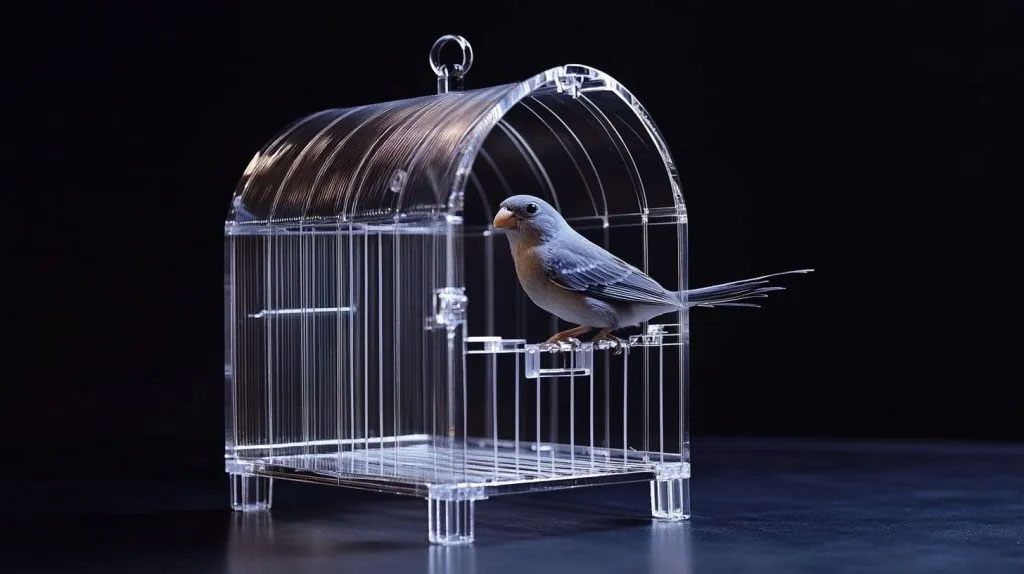
Size and Space
The size of the bird cage is of utmost importance. Birds need enough space to move, stretch their wings, and engage in natural behaviors.
A general rule of thumb is that the cage should be at least twice the wingspan of the bird in width and height.
Larger birds, such as macaws and cockatoos, will require significantly larger cages compared to smaller birds like budgies or finches.
Quality of Construction
Pay attention to the quality of construction of the acrylic cage.
Look for cages with sturdy joints and a well-designed structure. The doors should open and close smoothly and securely to prevent the bird from escaping.
Check for any signs of cracks or weak points in the acrylic, especially around the corners and edges.
Safety Certifications
As discussed earlier, safety certifications are an important factor.
Choose acrylic bird cages that have been tested and certified to meet relevant safety standards.
This will give you peace of mind knowing that you are providing a safe home for your feathered friend.
Acrylic Bird Cages: The Ultimate FAQ Guide

Can Birds Chew Through Acrylic Cages?
High-quality acrylic is durable, but some birds (like parrots) may scratch or chew it. Thicker acrylic panels (1/4 inch or more) are more resistant. Regularly inspect for damage and use acrylic polish to fix minor scratches. If severe chewing occurs, consider adding wooden perches for beak exercise or reinforcing with bird-safe materials.
Are Lucite Bird Cages Safe for Birds with Respiratory Issues?
Yes, if properly maintained. Acrylic doesn’t rust or release metal particles, which can irritate birds’ respiratory systems. However, ensure the cage is cleaned regularly to prevent dust, dander, and mold buildup. Avoid using harsh cleaners; opt for mild, bird-safe solutions instead.
Do Acrylic Cages Get Too Hot in Sunlight?
Acrylic can trap heat, so never place the cage in direct sunlight. Choose a well-ventilated area away from windows, radiators, or heaters. If the cage feels warm, move it to a cooler spot to prevent overheating, which can be dangerous for birds.
How Do Acrylic Bird Cages Compare to Metal Cages for Safety?
Perspex bird cages have fewer sharp edges and no rust risks, but metal cages are more chew-resistant for heavy beakers. Acrylic is ideal for smaller birds or those that don’t chew excessively. For large parrots, a hybrid cage (acrylic panels with metal bars) may balance visibility and durability.
Can Acrylic Cages Be Used Outdoors?
Only temporarily in shaded, protected areas. Prolonged outdoor exposure to UV rays can warp or discolor acrylic over time. If using outdoors, ensure it’s sheltered from rain, wind, and predators, and never leave birds unattended. Indoor use is generally safer for long-term use.
Conclusion
In conclusion, acrylic bird cages can be a safe and excellent choice for housing your birds, provided that you choose high-quality products, follow proper maintenance procedures, and set up the cage correctly.
The benefits of enhanced visibility, easy cleaning, and aesthetic appeal make acrylic cages a popular option among bird owners. By being aware of the safety considerations, such as material quality and certifications, and taking the necessary steps to ensure your bird's well-being, you can enjoy the many advantages that acrylic bird cages have to offer.
So, if you've been considering an acrylic bird cage for your pet, rest assured that with the right precautions, it can be a wonderful and safe home for your beloved bird.
Jayiacrylic: Your Leading China Acrylic Bird Cages Manufacturer
Jayi Acrylic is a professional acrylic bird cage manufacturer in China. Jayi’s acrylic bird cage solutions are meticulously designed to meet the needs of bird owners and ensure the safety and comfort of birds. Our factory holds ISO9001 and SEDEX certifications, ensuring superior quality and ethical manufacturing processes. With over 20 years of experience collaborating with well-known pet brands, we deeply understand the importance of creating bird cages that enhance bird visibility and provide a secure living environment for our feathered friends.
We Produce Custom Acrylic Bird Cage and Plexiglass Bird Feeder Cases
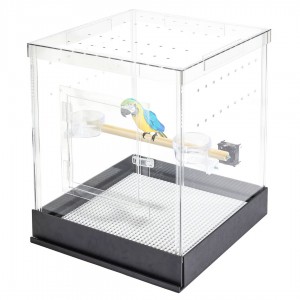
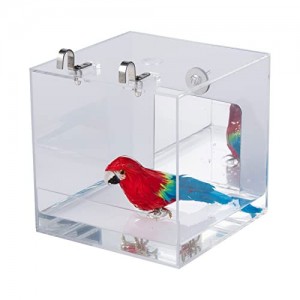
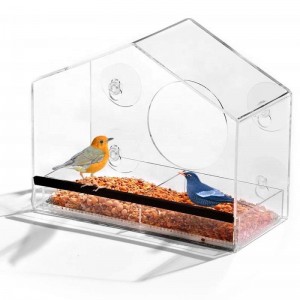
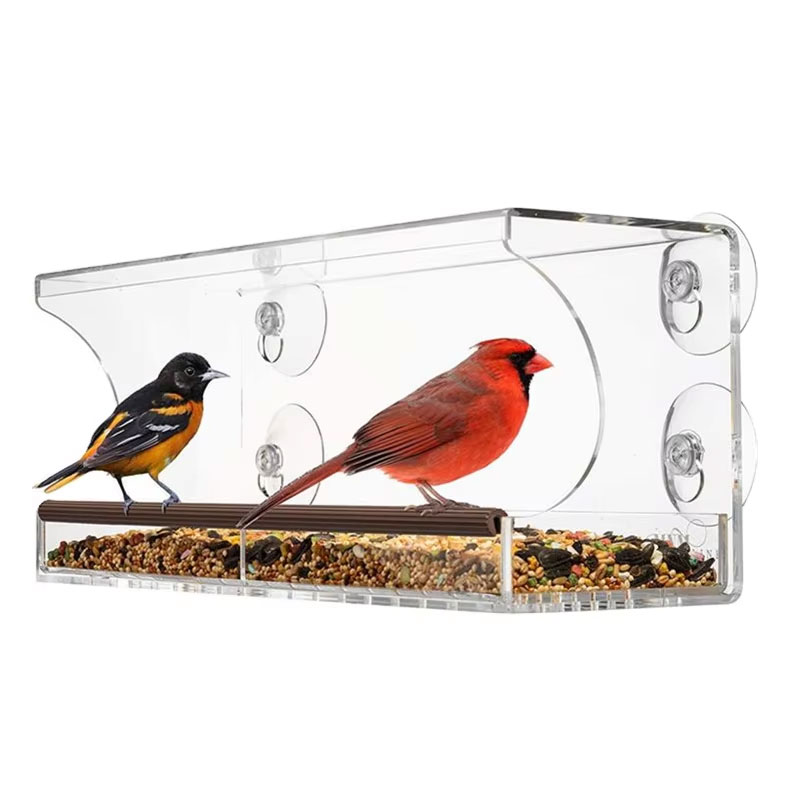
Post time: Jul-03-2025

